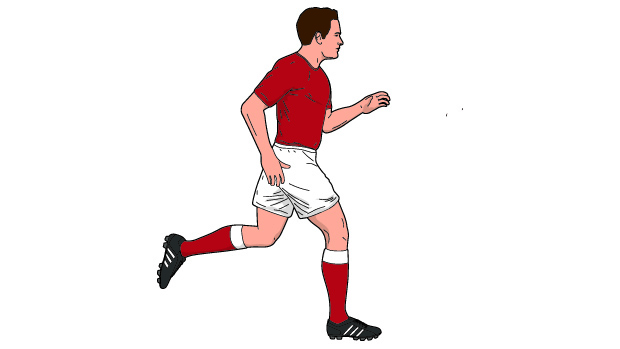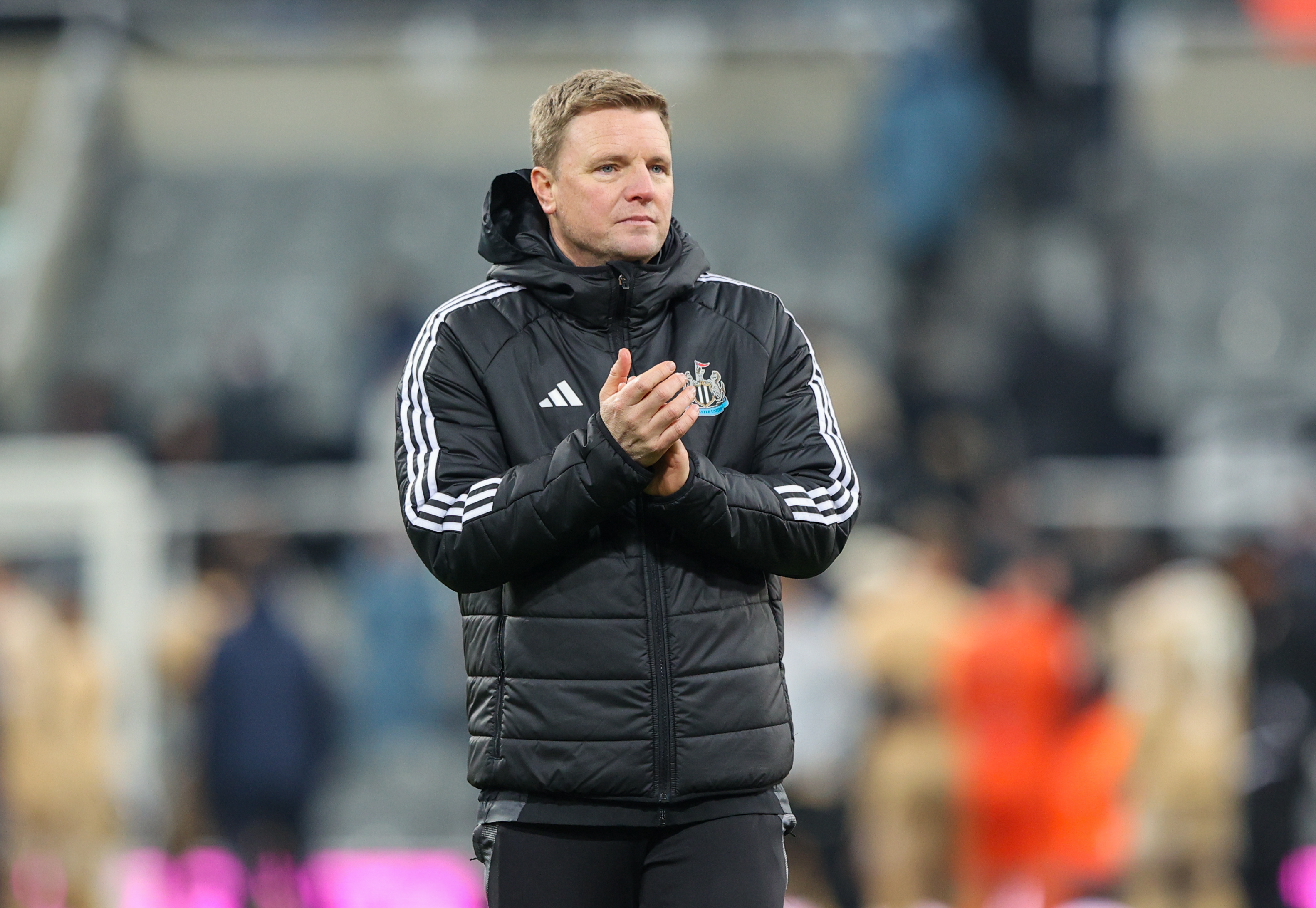Boost your turbo
Fix your running biomechanics and leave markers for dead with these expert tips from running coach Mike Antoniades

Head
Top defenders and goalkeepers will work on exercises that train feet co-ordination, speed of foot, change of direction and positional sense, while focusing on the ball and pattern of play at all times.
Drill: In training, place seven to 10 markers on the pitch in a straight line a metre apart. Practise short runs, winding in and out of the line of markers and back again while keeping the head up and focused ahead at all times.
Arms
In your training and endurance work, your arms can provide additional power that will aid sprints.
Drill: Your arms are critical for co-ordination and speed. Avoid allowing the arms to swing across the body; instead, hold them almost robot-like at your sides. Palms flat, they should swing up, fingertips almost brushing your cheeks, then the elbows need to swing back behind the body for momentum.
Upper body
To conserve energy, runners need to focus on remaining upright. The nature of football is such that the core area, the chest and the shoulders are called upon to twist – improving the strength of these muscles can affect running too.
Drill: Dynamic upper body drills, such as medicine ball twists, build strength in your abdominals and back. Stand back to back with a training partner, a foot apart from each other. With both hands on the ball, twist your torso right and pass the ball to your partner, keeping your lower body facing forward. Your partner then twists their torso to pass the ball for you to receive on your left.
Knees
Your knees are vulnerable joints that rely on the protection and stability offered by the muscles and tendons supporting them – so prime the support players as part of your pre-match warm-up.
Drill: High knee lifts, performed over a short five-to-10m stretch, bringing each knee up to the waist, followed by heel flicks (which bring the heels high up against the backside), engage the thigh and knee supporting muscles.
Hamstring/glutes
Because most players rarely run more than 5m at any one time, these muscles can go for long periods without being fully activated – but you need to prepare them.
Drill: Backwards running recruits the hamstrings and glutes in tandem with your quads and hip flexors. For your warm-up, find a 50m stretch and run backwards with a long gait, then jog forward back to your starting point. Repeat 10 to 15 times.
Feet
Speed of feet, coupled with speed of thought, is key to success in a multi-directional, explosive sport, where there is a change of movement every four seconds.
Drill: Short, fast drills are key here: the best exercise to do to improve your foot speed is sidesteps in and out of a speed ladder, or dome cones set 30cm apart.
Get FourFourTwo Newsletter
The best features, fun and footballing quizzes, straight to your inbox every week.
